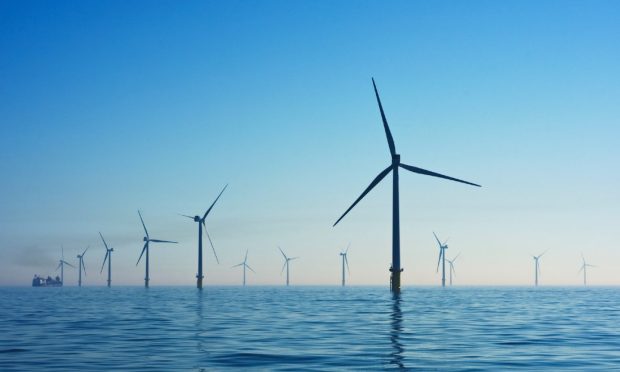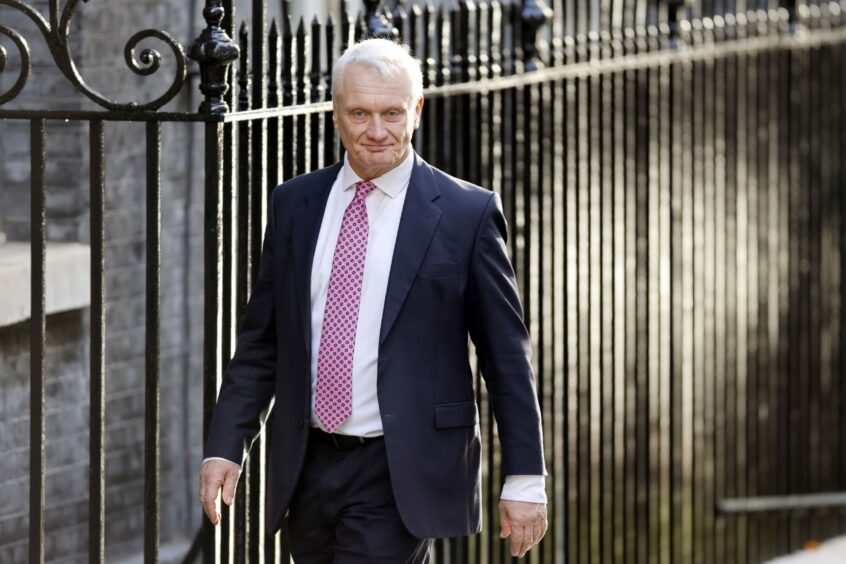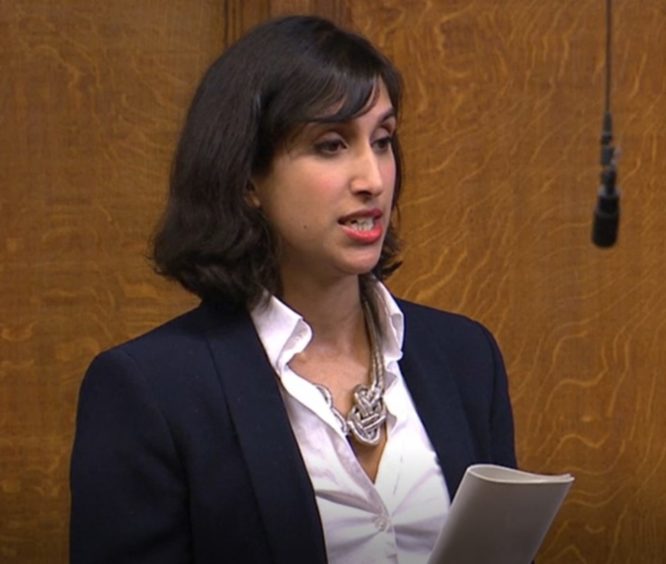The UK Government has raise the price tags for offshore wind energy in next year’s Contracts for Difference (CfD) auction round following disappointment.
This year’s CfD awards, the government’s flagship scheme for renewable energy procurement, saw no successful bids.
The prices were deemed too low, forcing wind energy to compete with cheaper technologies.
In the next CfD round, prices will rise as the government looks to attract new investment.
New strike prices revealed
For floating offshore wind projects the “strike price” is going up from £116 per megawatt-hour (MWh) to £176/MWh, a 52% increase. Other wind farms will get at least £73/MWh for their energy, up 66% from £44/MWh.
Energy Security and Net Zero Minister Graham Stuart said: ”This critical update to the scheme’s design provides further clarity and confidence to the offshore wind sector and ensures the scheme remains competitive for renewable developers investing in new low-carbon technologies. ”
Projects will in future be judged not just on their ability to deliver low-cost renewable energy, but also on how they strengthen environmental and economic sustainability of the industry. Their social impact will also be considered.
Energy security secretary Claire Coutinho said: “Today we have started the process of our latest Contracts for Difference auction for renewables, opening in March next year.
“We recognise there have been global challenges in this sector and our new annual auction allows us to reflect this. This is a vital part of our plan to have enough homegrown clean energy, bringing bills down for families and strengthening our energy independence.”
Other renewable energy sources to see a price bump
The government is also bumping up maximum bid prices for other technologies in a move it hopes will increase certainty for developers.
Geothermal will see a 32% increase, going from £119/MWh to £157/MWh, solar sees a 30% uptick, from £47/MWh to £61/MWh, and bid price for tidal climbs by 29%, £202/MWh to £261/MWh.
Why did offshore wind fail this year?
The offshore wind sector, like much of the economy, has been hit hard by inflation.
This increases not only the cost of materials like steel and the services needed to complete projects, but also the cost of capital and finance to fund them.
This was just one of the reasons industry gave for the lack of successful bids for offshore wind projects in “allocation round five (AR5)”, the results of which were shared in September.
Another reason is the structure of the auction itself. AR5 saw fixed-bottom offshore wind moved into “pot one” meaning it competed directly with established and potentially cheaper technologies like solar and onshore wind for the first time.
RenewableUK chief executive Dan McGrail said: “There is the potential for the government to attract a record level of private investment in offshore wind projects next year, with at least 10 projects likely to be eligible, able to power 8.5 million homes each year and reduce the UK’s need for gas by 39%.
“The framework they’ve set out today is a significant step forward in securing this.”



Conversation